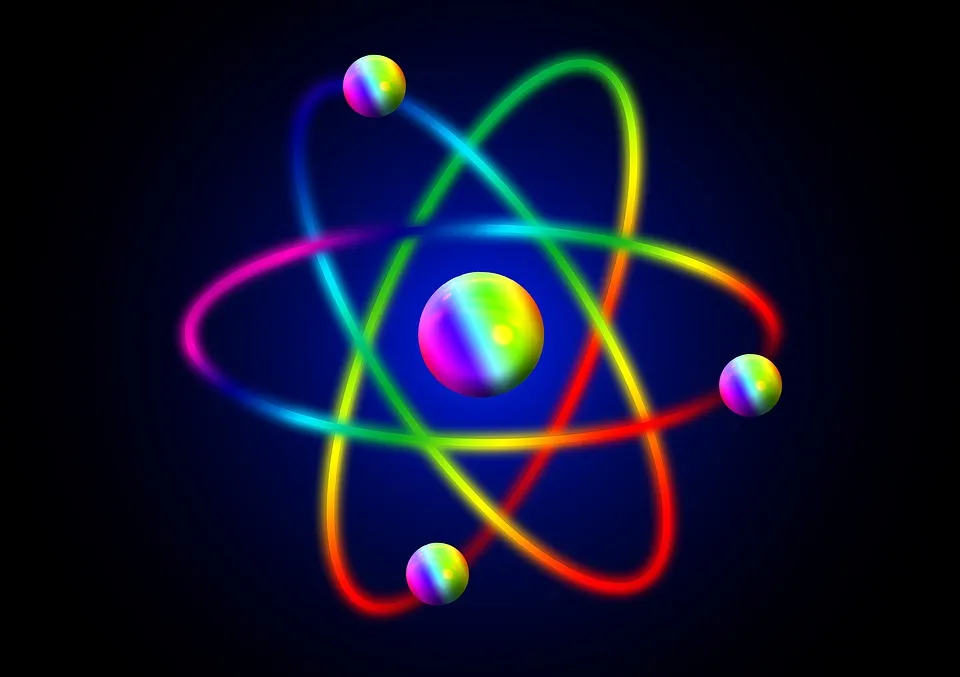
One of the important things we learned in the 20th century is the speed of light which is the greatest speed that can be reached. As energy is added to an electron, it will move faster. But as you get closer to the speed of light, you'll see that you need to add a lot more energy to change the speed very little. For example, with 220,000 eV (energy unit electron Volt), you can accelerate the electron to 90% of the speed of light. But to accelerate the electron to 99.9% speed of light, you need a total of 11 million eV. This can be seen as follows; As the electron accelerates, it becomes heavier. This makes it more difficult to increase the speed.

Free for commercial use)
You may be wondering how fast the electrons in your atoms around you are moving. A good example is the hydrogen atom present in water. According to the calculations made, electrons were moving at 2,200 km / s in seconds. This value corresponds to 1% of the speed of light. This value is fast enough to make the world turn around in 18 seconds.